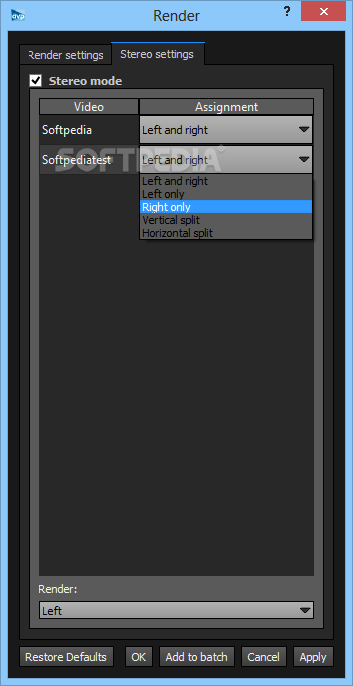
Your experience of the events is always the same, as you can’t change their sequence. In 360 video, you are just consuming the content, you can’t take part in what is happening because you are limited to a filmmaker’s perspective. And this is what makes VR tech so engaging and attractive to a user. Your decision to interact with a certain element will change your experience making it more dynamic and nonlinear. Also, you are not limited to a predefined timeline as you can access the assets and events in any sequence. You can move around, explore the virtual spaceand even change it. The most dramatic difference between these 2 technologies is that 3D VR allows a user to interact with the environment. So in 360 video you have live action video production and in VR you create a digital environment. All in all, it’s a process that involves a team of people with many roles. An artist uses them to craft the textures, assets and the whole environment. As for the art side, there is a variety of tools including 3ds Max, Zbrush, Substance Painter, Substance Designer, Photoshop, Adobe Illustrator etc. If you need to make a simpler more schematic experience, it’s better to go with Unity.

For a more realistic graphically advanced environment we’d recommend Unreal Engine.
AUTOPANO VIDEO PRO AND GEAR 360 SOFTWARE
Virtual reality software development starts with choosing an engine. It requires the standard toolset used in Triple-A game production. When it comes to 3D VR creation – the process looks very similar to 3D game development. This is often done automatically or with the help of a specific software like VideoStitch or Autopano Video. After the filming is finished, the video then has to be stitched together to form a single Spherical 360 video. These cameras have similar functionality with slight variation in quality of the video. First you need to shoot it with a special camera like Samsung Gear 360, GoPro Omni, Nokia Ozo, to name a few. The production of a 360 video involves the typical work of a filmmaker. Number of active virtual reality users worldwide from 2014 to 2018 Projected share of global virtual reality software revenue in 2018ĭifference between 3D and 360 VR development To join this wave, it is essential to embrace the VR tech and understand how we may benefit from it. The most prominent impact will be in such industries as gaming, entertainment, interactive media, wellness and tourism. Recent Statista research indicates that the total number of active virtual reality users is forecast to reach 171 million by 2018.

In this article, we’d like to draw a clear line between 3D VR and 360 video, explain their applications and possibilities.īI Intelligence predicts that smartphone-powered VR headsets such as Samsung Gear VR and standalone devices such as the Oculus Rift will get more traction for the first time in 2016.

Yet when it comes to incorporating this tech into a specific business model, you might feel a bit lost. We’ve all probably seen 360 videos on Facebook and Youtube. Most people still know only basic things about VR headsets and some popular VR implementations. The surge of new virtual reality technologies is advancing so fast it’s difficult to grasp all the emerging innovations in this sphere.


 0 kommentar(er)
0 kommentar(er)
